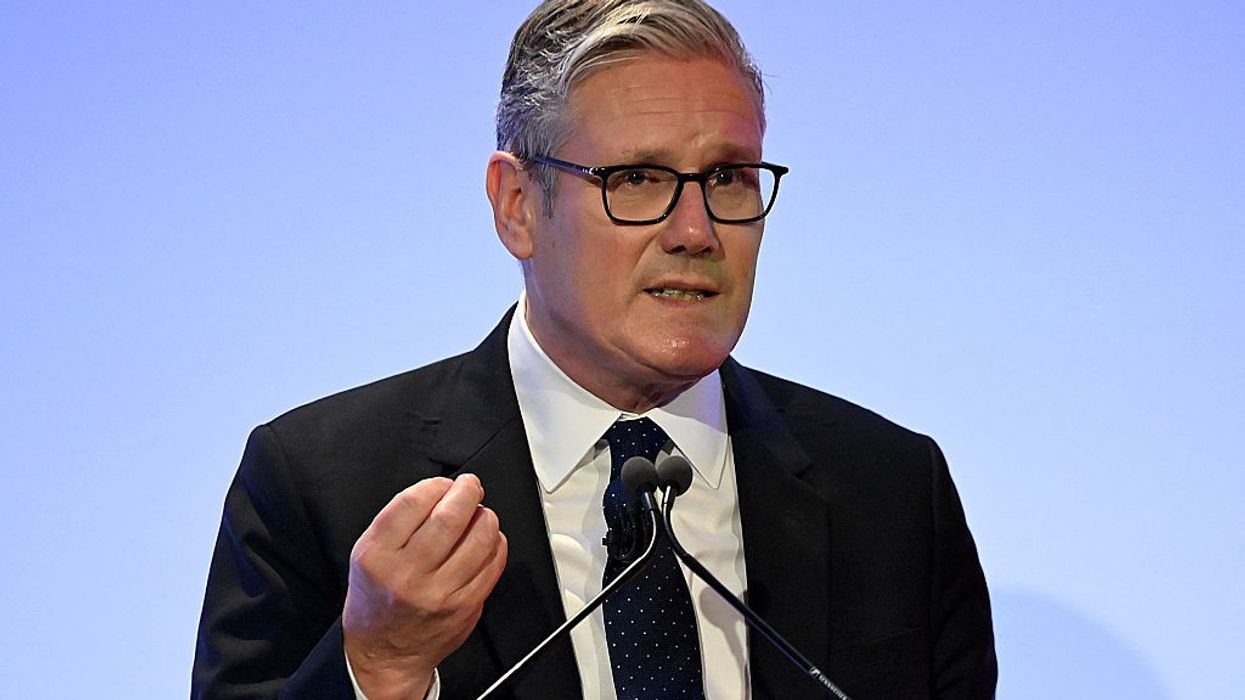The US provided "strong and unambiguous support” to India during its current border crisis with China, which is engaged in increasingly aggressive behaviour throughout the Indo-Pacific even during the coronavirus pandemic, a senior White House official said on Thursday.
From a bilateral perspective China's recent actions on the Line of Actual Control (LAC) with India has further reinforced the importance of the US-India strategic partnership, Lisa Curtis, the deputy assistant to president Donald Trump, said in a virtual panel discussion organised by Carnegie Endowment for International Peace think-tank.
"Whether it was cutting off Vietnam’s access to its fishing waters, undermining Hong Kong self-rule, deploying military submarines to threaten Japan or contesting Indian territorial sovereignty along the LAC, Beijing has engaged in increasingly aggressive behaviour throughout the Indo-Pacific, even as the global community has grappled with coronavirus pandemic,” Curtis said.
The crisis has strengthened America's resolve to work towards building its relationship with India as a bulwark against Chinese aggression, she said during the discussion on research scholar Darshana Baruah’s recently released paper, “India in the Indo-Pacific: New Delhi’s Theater of Opportunity”.
"Throughout the crisis, the US has provided strong and unambiguous support for India, and our cooperation has certainly grown closer. We are encouraged by India's strong yet responsible approach to the Chinese aggression,” said Curtis, who is the Senior Director for South and Central Asia on the National Security Council (NSC) at the White House.
"While always seeking to de-escalate through diplomatic means India also demonstrated military and economic resolve,” Curtis said as she asserted that the Indo-Pacific strategy, which was introduced in 2017 is designed to foster a stable free open and rules-based order.
"This order is not only for the benefit of the US. It is for the benefit of all countries that pride their sovereignty and independence. The Indo-Pacific strategy, of course prioritises building relations between the US and India, because we view India as an emerging global power that shares our goals of ensuring this region remains peaceful, stable, and with the prospect of growing prosperity,” she said.
America's strategic partnership with India is really founded on shared commitments to freedom, democratic principles and the rule of law. It is based on a convergence of strategic interests, centred on promoting global security instability, she said.
Noting that the Trump administration elevated the US relationship with India in ways not seen by any other administration, she said that the joint statement that was signed by president Trump and prime minister Narendra Modi following the former's visit to India in February is testament to this administration''s commitment to building the vital partnership.
Curtis said that the US has strengthened the QUAD mechanism among the leadership of the US, Japan, India and Australia. At the outset of the Trump administration the Quad was really not even officially meeting.
"But starting in November 2017, we started regular dialogue of the QUAD at the Assistant Secretary Director General level. And by September 19, we had the quad meeting at the ministerial level for the first time ever. Additionally, president Trump has met twice in the trilateral format with Indian and Japan; first at the G-20 Buenos Aires in December, 2018, and then again in Osaka, at the G-20 in June 2019,” she said.
Both the QUAD and trilateral formats are really important for strengthening the institutional support and fostering that multinational cooperation that will contribute to a free and open Indo-Pacific, Curtis said.
“Such mechanisms help check Chinese aggression, and which has increased since the onset of the global pandemic," she added.
Tension in eastern Ladakh increased manifold following the Galwan Valley clashes on June 15 in which 20 Indian Army soldiers were killed. The Chinese side too suffered casualties, but it is yet to give out the details.
The situation deteriorated again after China unsuccessfully attempted to occupy Indian territory in the southern bank of Pangong lake on the intervening night of August 29 and 30.
China is also engaged in hotly contested territorial disputes in both the South China Sea and the East China Sea. Beijing has built up and militarised many of the islands and reefs it controls in the region. Both areas are stated to be rich in minerals, oil and other natural resources and are vital to global trade.
China claims almost all of the South China Sea. Vietnam, the Philippines, Malaysia, Brunei and Taiwan have counter claims over the area.
















 Kulsuma Aktergetty images
Kulsuma Aktergetty images
Police may probe anti-Israel comments at Glastonbury